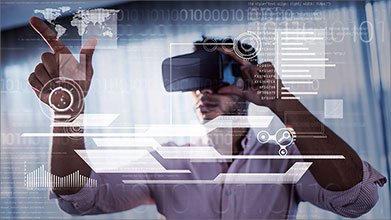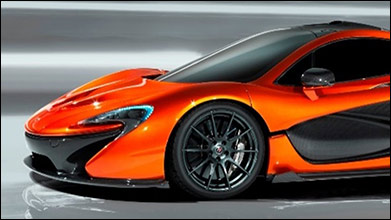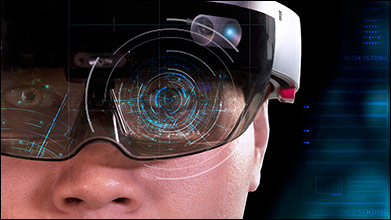Cloud native EDA tools & pre-optimized hardware platforms
Most Recent
CODE V

Detailed Workflow to Analyze Stray Light in Smartphone Cameras Using CODE V and LightTools
By Optical Solutions Editorial Team
Read More →
Transforming Optical Design Workflows: The Latest Release of CODE V
By Optical Solutions Editorial Team
Read More →
LightTools

Lens Surface Conversion Increases Flexibility for Refining Surface Geometry in LightTools
By Optical Solutions Editorial Team
Read More →
Detailed Workflow to Analyze Stray Light in Smartphone Cameras Using CODE V and LightTools
By Optical Solutions Editorial Team
Read More →
Discover the New LightTools 2023.03: Your Path to More Efficient Illumination Design
By Optical Solutions Editorial Team
Read More →LucidShape

Streamline the Workflow: How Automotive Lighting Designers Can Maximize Productivity with LucidShape
By Optical Solutions Editorial Team
Read More →
4 New Ways to Save Design Time in LucidShape CAA V5 Based
By Optical Solutions Editorial Team
Read More →
Why Photorealistic Simulations are Pivotal in Automotive Lighting Design
By Optical Solutions Editorial Team
Read More →Scattering Measurements

How Can Light Scattering Measurements Improve Aerospace Optical Projects?
By Marion Gaboriau Gil
Read More →
Improve Your AR/VR Design Simulations with Optical Scattering Measurements
By Optical Solutions Editorial Team
Read More →
The Crucial Role of Reflectance and Transmittance Measurements in Optical Design
By Optical Solutions Editorial Team
Read More →

















